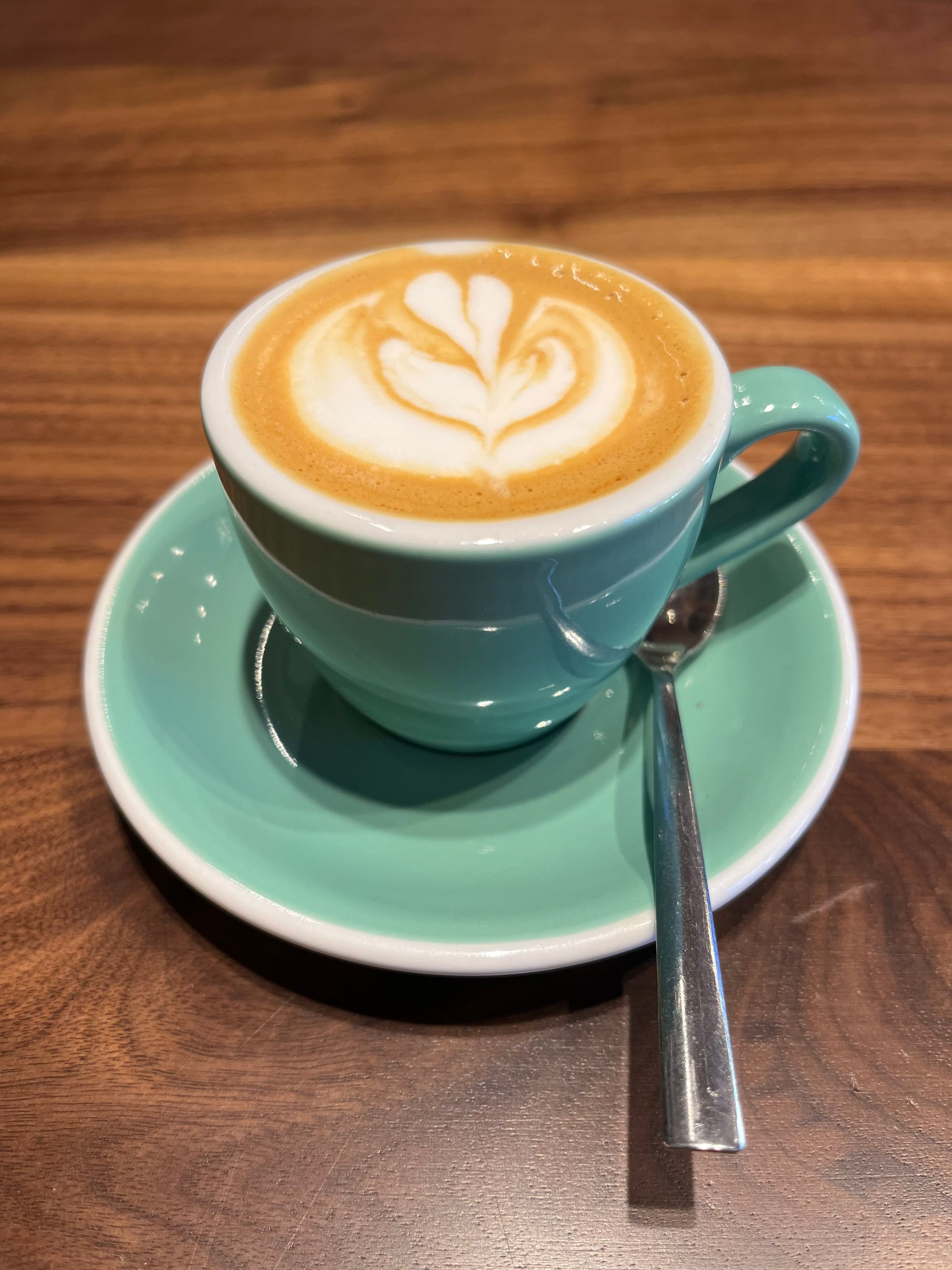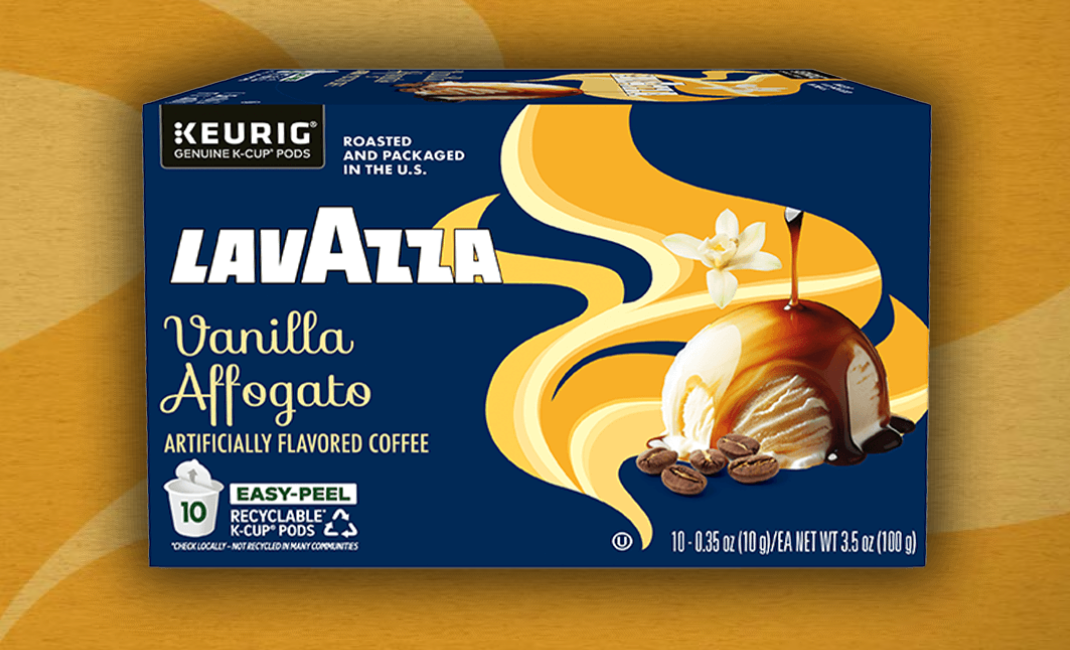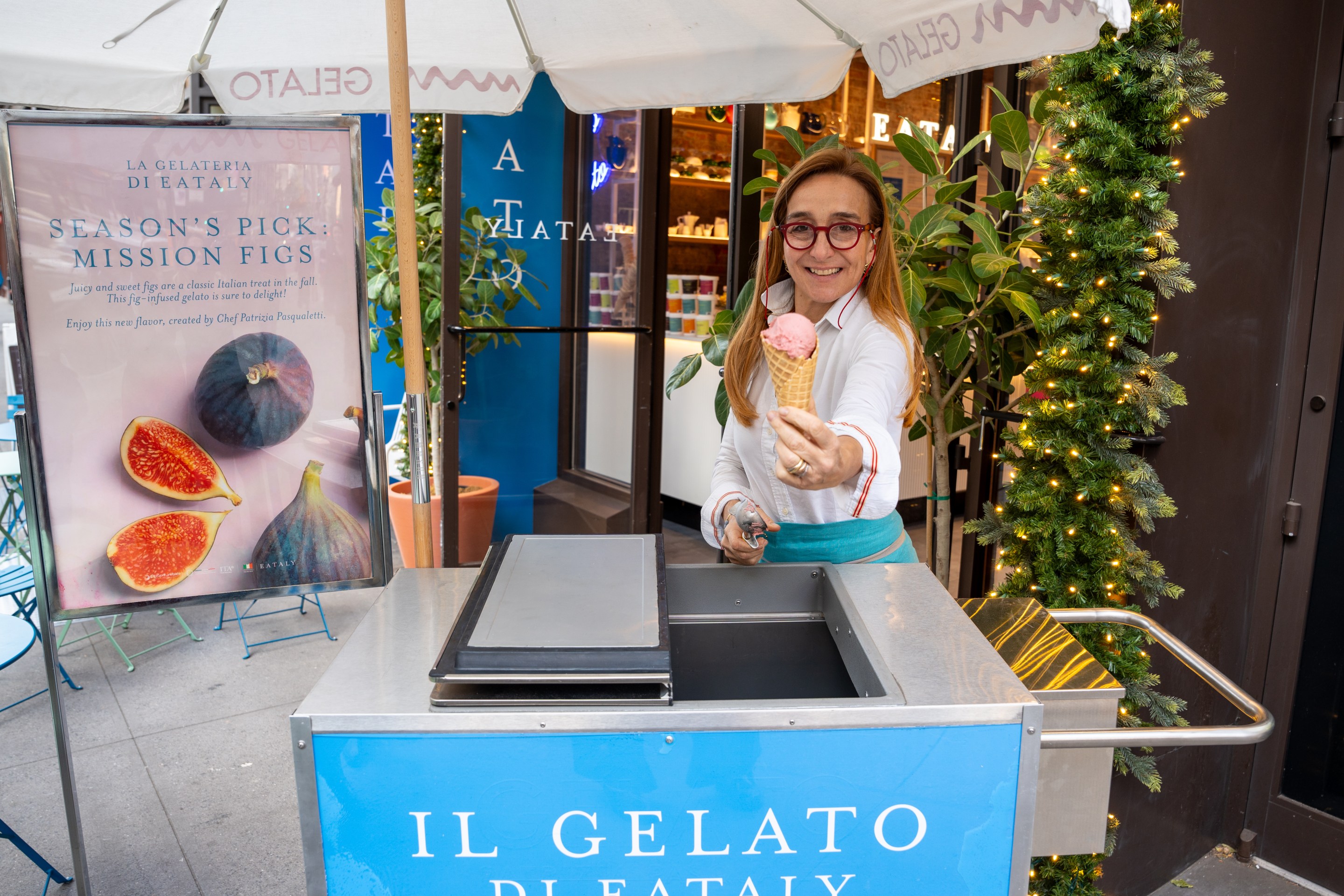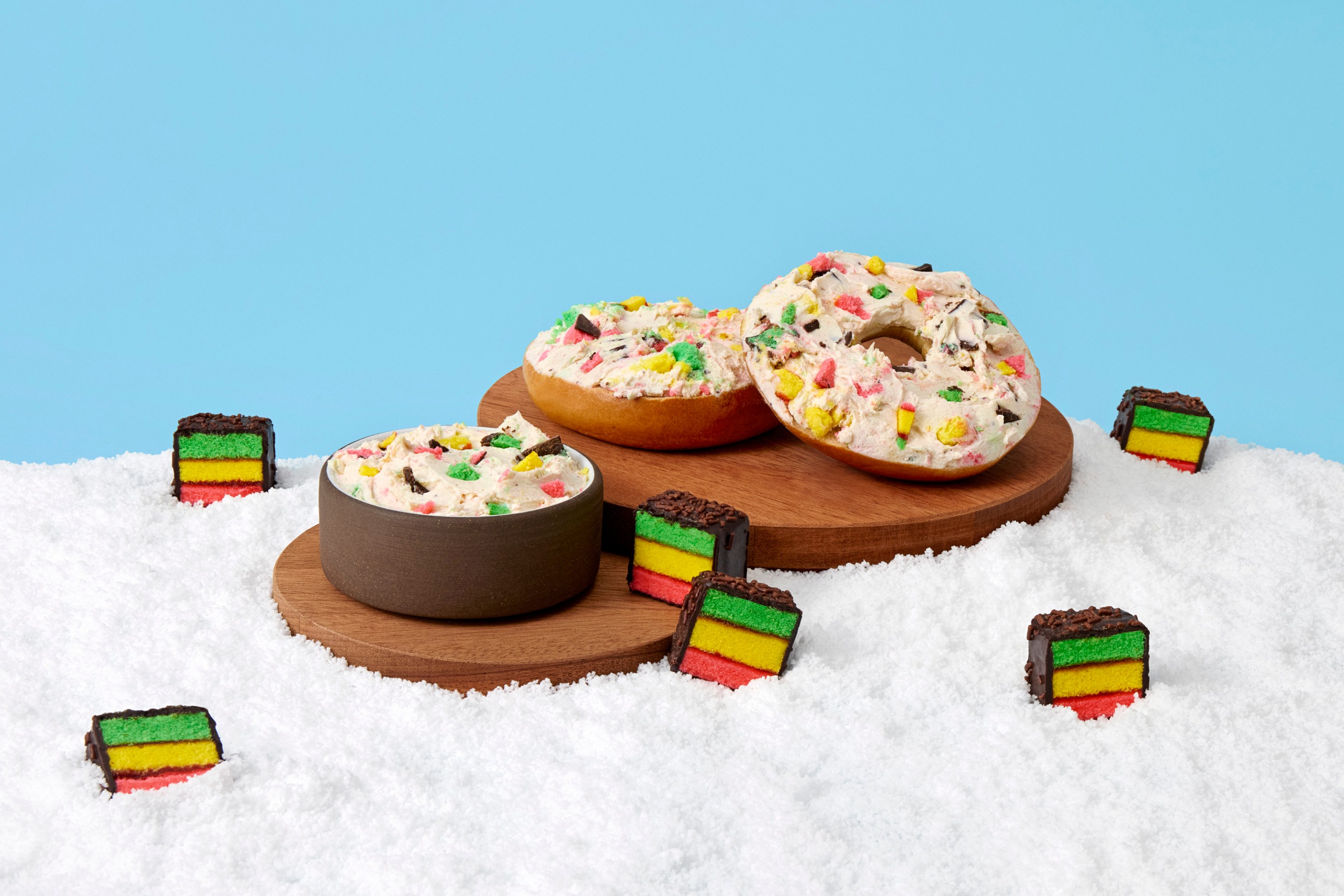Italian coffee bars can be some of the most chaotic places for a foreigner. During the morning rush hour, you’ll need to elbow your way to the counter and catch the barista’s eye to place your order. Once your espresso, espresso macchiato or cappuccino is placed before you, you are granted only a few moments to enjoy before someone else comes to take your spot at the counter.
If I’m at a bar during the morning rush hour, I’m ordering a cappuccino. And with all the stress that comes with placing the order, the cappuccino had better be good. Even in Italy, though, a good cappuccino isn’t guaranteed. A skilled barista needs a certain finesse—not cutting corners by pre-grinding beans or heating large carafes of milk only to let them sit on the counter.
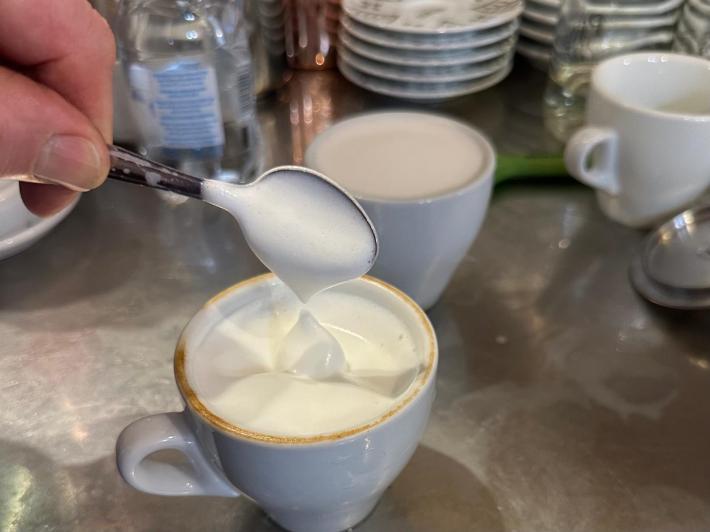
Curious to know the secrets of making a good cappuccino, I asked one of my favorite baristas, Ciro, to give me a lesson in the art of cappuccino-making. Here are the tips he shared with me:
Start with the milk. The goal is to introduce just the right amount of heat and air so that the milk becomes structured and creamy – without any bubbles. Always begin with cold milk, as it gives you more time to control the texture during frothing. While the quality of the milk will affect the flavor, the consistency depends entirely on technique. You can achieve the ideal texture with nearly any type of milk.
Froth with control. Tilt the carafe at a 45 degree angle, resting the milk frother on the tilted right side of the carafe. The frother should be immersed in the milk by about an inch. You do not need to move the carafe up and down – just hold it steady. The goal is to create a gentle vortex within the milk, which helps evenly incorporate air and heat. When done correctly, the milk will develop a smooth, creamy texture with no visible bubbles. You’ll know that the milk is at a perfect temperature when you can hold your hand over the bottom of the carafe for three seconds. Once finished, set the milk aside to rest for at least 15 seconds while you prepare the espresso.
Use fresh grinds. Ideally, coffee beans should always be ground in the moment, so that you maximize the flavor of the coffee beans. This also allows the milk to rest the appropriate amount of time.
Pour with intention. With your fresh espresso now in the cup, it’s time to add the milk. Milk naturally allows cream to rise to the top and become thinner towards the bottom of the carafe. You’ll want to swirl the milk again to make it homogeneous. Start the pour close to the lip of the cup, then gradually move your hand higher as you pour. Then, to finish with a rich, creamy top, lower your hand again and use quick, subtle shakes of the carafe to guide the thicker foam into the cup. Continue until you have filled the cup and the surface has a velvety finish.
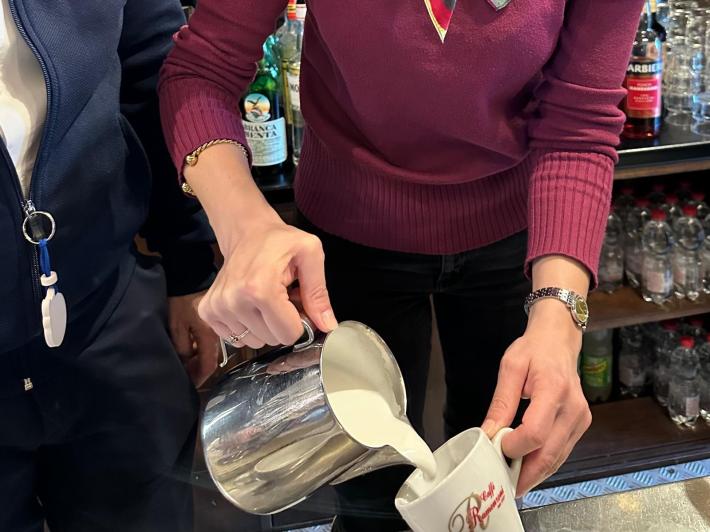
The cappuccino is perfect when you pour sugar over the top (if you like sugar in your cappuccino, like I do), and the milk doesn’t fall, or if you spoon a bit of milk at the top, and the milk stays structured as it falls back on the cappuccino.
As Ciro reminded me, technique will always win over shortcuts. When it’s done right, that first sip – smooth, rich, and balanced – can make even the briefest, most stressful moments during the morning rush hour, the highlight of your day.
